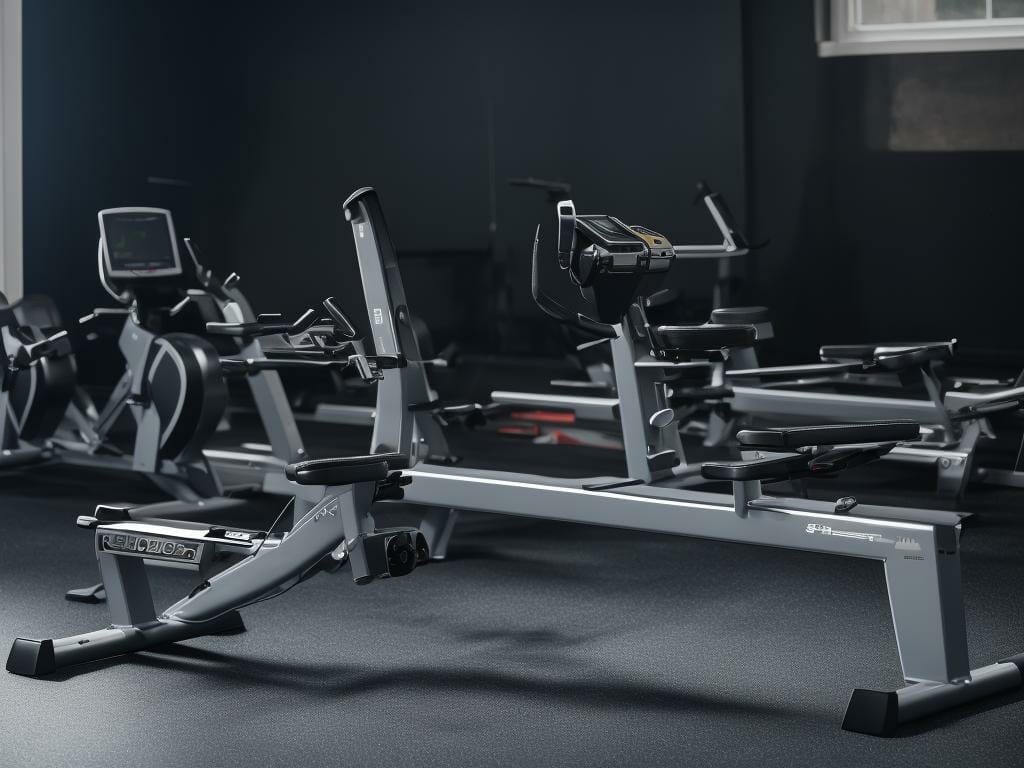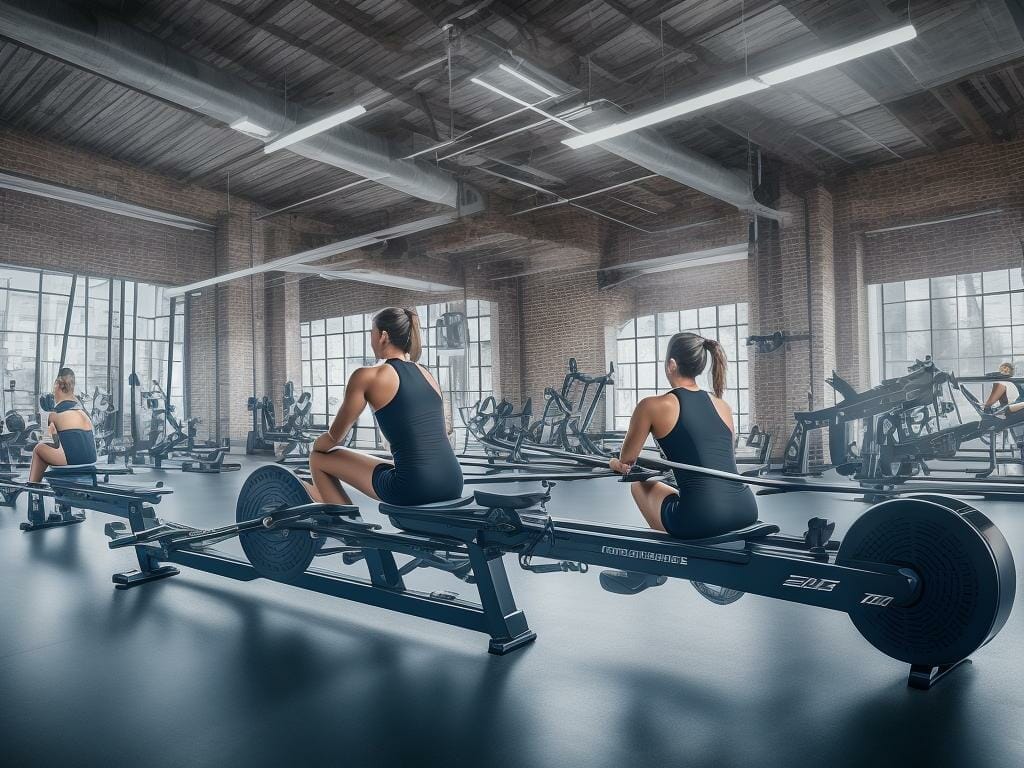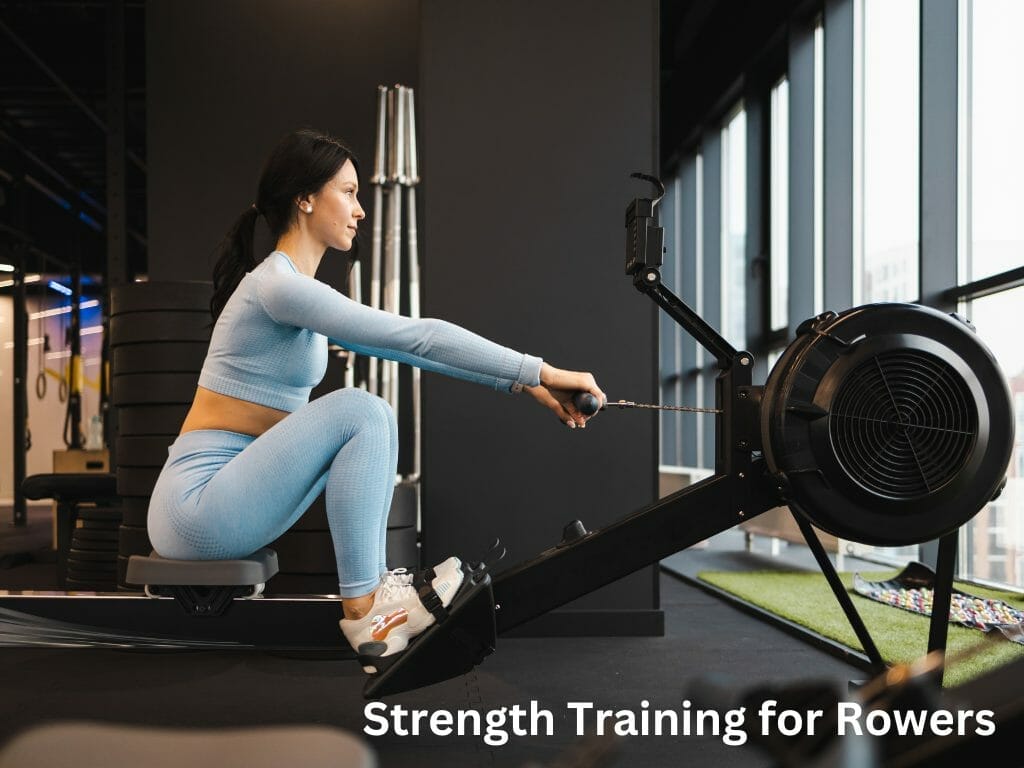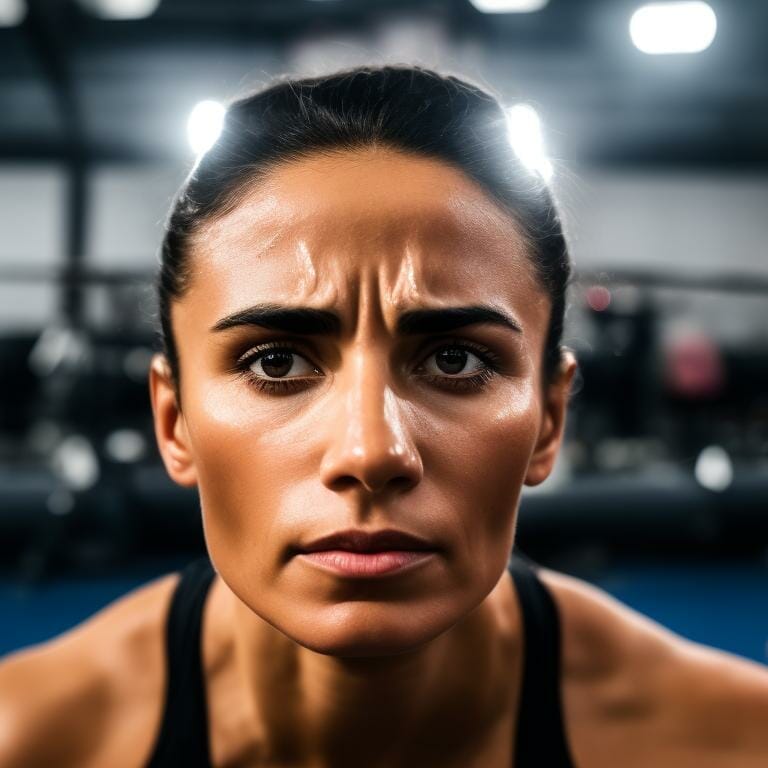Are you ready to dive into the world of rowing?
Did you know that rowing is not only a great way to get fit but also an effective full-body workout?
In this article, we will guide you through beginner rowing workouts and training plans that will help you build endurance, and strength, and improve your rowing technique.
With our informative and detailed approach, you’ll be well on your way to becoming a skilled rower and finding your place in the rowing community.
Key Takeaways
- Maintain proper form and engage core muscles
- Use cost-effective options and safety gear for rowing workouts
- Gradually increase rowing time and intensity for building endurance and strength training
- Incorporate interval workouts for increased endurance, enhanced fat burning, and improved speed and power
Basic Rowing Techniques
To improve your basic rowing techniques, you should focus on maintaining proper form and engaging your core muscles. Proper rowing technique is essential for maximizing your performance and preventing injuries.
Start by sitting tall on the rowing machine with your feet securely strapped in and your knees slightly bent. As you begin the stroke, push with your legs first, followed by leaning back slightly and pulling the handle towards your chest. Make sure to keep your back straight, and your shoulders relaxed throughout the movement.
Engaging your core muscles is crucial for stability and power. Common rowing mistakes include hunching your back, rounding your shoulders, and relying too much on your arms instead of using your legs.
Essential Equipment for Beginners
When starting out in rowing, it’s essential to have the right equipment to ensure a safe and effective workout.
Some basic equipment recommendations for beginners include a rowing machine, a comfortable seat cushion, and proper attire such as athletic clothing and supportive shoes.
If you’re on a budget, there are cost-effective options available such as purchasing used equipment or opting for a more affordable brand.
Don’t forget about safety gear suggestions like a life jacket, a whistle, and reflective clothing for outdoor rowing.

Basic Equipment Recommendations
You’ll need a few basic pieces of equipment for your beginner rowing workouts and training plans. To ensure you have everything you need, here are three essential items to consider:
Cost-Effective Options Available
Investing in a good-quality rowing machine is crucial, but there are cost-effective options available as well.
If you’re on a budget or simply looking for home workout alternatives, there are several options to consider.
One option is purchasing a used rowing machine. Many people sell their gently used machines at a fraction of the original price. Just make sure to thoroughly check the condition before making a purchase.
Another budget-friendly option is using resistance bands. These versatile bands can mimic the resistance of a rowing machine and provide a challenging workout.
Additionally, you can explore online platforms that offer virtual rowing classes or workout videos. These resources often require minimal equipment and can be accessed from the comfort of your home.
With these budget-friendly alternatives, you can still enjoy the benefits of rowing without breaking the bank.
Safety Gear Suggestions
To ensure your safety during rowing workouts, it’s important to wear the appropriate gear. This includes a well-fitted helmet and comfortable athletic shoes. Here are three safety gear suggestions that will enhance your rowing experience and keep you protected:
Investing in the right safety gear is essential for your well-being and enjoyment during rowing workouts. Remember, your safety should always be a top priority.
Building Endurance in Rowing

Start by gradually increasing your rowing time and intensity to build endurance in rowing. This will help you develop the stamina needed to row longer distances and improve your overall performance. Additionally, focus on improving your technique to maximize efficiency and prevent injury. Proper form and technique can make a significant difference in your rowing experience.
To support your endurance training, it is important to fuel your body with the right nutrition. As a rower, you need a balanced diet that includes carbohydrates for energy, protein for muscle repair and growth, and healthy fats for sustained energy. Consider incorporating foods like whole grains, lean proteins, fruits, vegetables, and nuts into your meals and snacks. Staying hydrated is also crucial, so make sure to drink plenty of water throughout the day.
Here is a table that provides some examples of nutrients and foods that can enhance your rowing performance:
| Nutrient | Foods |
|---|---|
| Carbohydrates | Whole grains, fruits, vegetables |
| Protein | Lean meats, fish, eggs, beans |
| Healthy Fats | Avocado, nuts, olive oil |
| Hydration | Water, sports drinks, coconut water |
Strength Training for Rowers

As a rower, incorporating strength training exercises into your routine can help you build the muscle power and stability necessary for improved performance on the water. Here are three key strength training techniques that can enhance your rowing abilities:
Incorporating these exercises into your training plan will help you build the necessary strength and stability for optimal performance as a rower. Remember to start with proper form and gradually increase the intensity and weight as you progress.
Interval Workouts for Beginners

If you’re a beginner looking to improve your rowing performance, incorporating interval workouts into your training routine can offer you several benefits.
Intervals can help you build endurance, increase your aerobic capacity, and enhance your overall speed and power on the water.
The duration of your interval sessions will depend on your fitness level and goals, but generally, starting with shorter intervals and gradually increasing the duration and intensity as you progress is recommended.
Benefits of Intervals
One of the benefits of intervals in rowing workouts is that they help improve cardiovascular fitness. Intervals involve alternating between high-intensity bursts of rowing and periods of active recovery. By incorporating intervals into your rowing workouts, you can experience the following benefits:
To incorporate intervals into your rowing workouts, start by warming up for 5-10 minutes. Then, alternate between rowing at a high intensity for 1-2 minutes and rowing at a moderate pace for 1-2 minutes. Repeat this pattern for 20-30 minutes, and don’t forget to cool down afterwards.
Duration of Interval Sessions
In the previous subtopic, we discussed the benefits of interval training in rowing. Now, let’s delve into the duration of interval sessions and how they contribute to your progression in rowing.
Interval training involves alternating between intense bursts of exercise and periods of rest or lower intensity. By incorporating intervals into your workouts, you can maximize your training efficiency and improve your overall performance.
To help you understand the duration of intervals, take a look at the table below:
| Interval Length | Intensity Level | Rest Period |
|---|---|---|
| Short (20-30 seconds) | High | Active recovery (1-2 minutes) |
| Medium (1-2 minutes) | Moderate to high | Active recovery (2-3 minutes) |
| Long (3-5 minutes) | Moderate | Active recovery (3-5 minutes) |
As you progress in rowing, you can gradually increase the length and intensity of your intervals. This will challenge your body to adapt and improve, leading to increased stamina, strength, and speed. So, don’t be afraid to push yourself and reap the benefits of interval training in your rowing journey.
Proper Warm-Up and Cool-Down Routines
Make sure you include a proper warm-up and cool-down routine before and after your rowing workouts to prevent injuries and optimize your performance. It’s important to take the time to prepare your body for the demands of rowing and to allow it to recover afterwards.
Here are three key reasons why a warm-up and cool-down routine is crucial:
Progression and Goal Setting in Rowing
@ Midjourney AI Image Prompt: /imagine prompt:Create an image showcasing the evolution of a rower’s journey, starting with a novice in a single scull, progressing to a team boat, and ultimately achieving their goal of rowing in a competitive race. –v 5.2 –ar 16:9
Setting clear goals and gradually increasing the intensity of your rowing sessions can help you track your progress and challenge yourself to reach new levels of performance. Progression strategies are essential for ensuring that you continue to improve and avoid plateaus in your rowing journey.
One effective strategy is to set both short-term and long-term goals. Short-term goals can be achieved in a relatively short period of time, such as increasing your rowing distance or improving your stroke rate. Long-term goals, on the other hand, require more time and effort to accomplish, such as participating in a rowing competition or achieving a specific time target for a race. By setting these goals, you can create a roadmap for your training and stay motivated throughout the process.
Tracking your progress is equally important in rowing. It allows you to see how far you’ve come and provides a sense of accomplishment. There are several ways to track your progress, such as keeping a training log or using a fitness tracker. A training log can help you record your rowing sessions, including the distance covered, time taken, and any notes or observations. This will enable you to monitor your performance over time and identify areas for improvement. Fitness trackers, on the other hand, can provide more advanced metrics, such as heart rate, stroke rate, and calories burned. These devices can give you a comprehensive overview of your training sessions and help you analyze your performance in more detail.
In addition to setting goals and tracking progress, it’s important to have a progression plan in place. Gradually increasing the intensity of your rowing sessions is key to avoiding injury and maximizing your performance gains. One popular progression strategy is the concept of periodization, which involves dividing your training into specific phases. These phases typically include a base phase, where you focus on building endurance and technique, followed by a strength phase, where you incorporate more intense workouts to improve power and speed.
There is a peak phase, where you taper your training to optimize performance for a specific event or race.
Frequently Asked Questions
How Can I Prevent Blisters and Calluses From Forming on My Hands While Rowing?
To prevent blisters and calluses while rowing, follow proper grip techniques. Make sure your hands are positioned correctly on the oars, and use gloves or tape for added protection.
What Are Some Common Mistakes Beginners Make While Rowing and How Can I Avoid Them?
To avoid common mistakes while rowing, it’s important to focus on proper rowing form. Many beginners make the mistake of using incorrect techniques, which can lead to common rowing injuries. Keep practising and seek guidance to prevent these errors.
Are There Any Specific Dietary Recommendations for Rowers to Optimize Their Performance?
To optimize your performance as a rower, it’s important to follow specific dietary recommendations and nutritional guidelines. These guidelines can help fuel your body properly, support muscle growth and recovery, and improve overall performance on the water.
How Long Does It Take to See Noticeable Improvements in My Rowing Technique and Fitness Level?
You can start noticing improvements in your rowing technique and fitness level within a few weeks. Measure your progress by tracking your speed, endurance, and technique. Consistency and proper form are key.
Are There Any Rowing Competitions or Events Specifically Designed for Beginners to Participate In?
There are rowing competitions and events specifically designed for beginners like you. Participating in these events can provide numerous benefits, such as gaining experience, building confidence, and forming connections with fellow rowers.
Conclusion
Congratulations on completing this article on beginner rowing workouts and training plans!
You have taken the first stroke towards a new and exciting journey in the world of rowing.
By implementing the basic rowing techniques, essential equipment, endurance-building exercises, strength training, interval workouts, warm-up and cool-down routines, and setting goals, you are well on your way to becoming a skilled rower.
Remember, just like rowing, progress takes time and effort, but with each stroke, you are propelling yourself towards success.
So grab your oars and keep rowing towards greatness!

